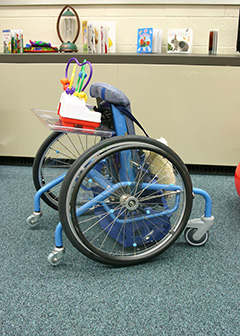Summary

| Quick Facts: Occupational Therapy Assistants and Aides | |
|---|---|
|
$47,490 per year
$22.83 per hour |
|
| See How to Become One | |
| None | |
| See How to Become One | |
| 36,000 | |
| 41% (Much faster than average) | |
| 14,800 | |
What Occupational Therapy Assistants and Aides Do
Occupational therapy assistants and aides work under the direction of occupational therapists in treating patients with injuries, illnesses, or disabilities through the therapeutic use of everyday activities. They help these patients develop, recover, and improve the skills needed for daily living and working.
Work Environment
Occupational therapy assistants and aides work in occupational therapists’ offices and in hospitals. Occupational therapy assistants and aides spend much of their time on their feet setting up equipment and, in the case of assistants, working with patients.
How to Become an Occupational Therapy Assistant or Aide
Becoming an occupational therapy assistant requires an associate’s degree from an accredited occupational therapy assistant program. In most states, occupational therapy assistants must be licensed. Occupational therapy aides typically have a high school diploma or equivalent.
Pay
The median annual wage of occupational therapy assistants was $51,010 in May 2010. The median annual wage of occupational therapy aides was $27,430 in May 2010.
Job Outlook
Employment of occupational therapy assistants is expected to increase 43 percent from 2010 to 2020, much faster than the average for all occupations. Employment of occupational therapy aides is expected to increase 33 percent from 2010 to 2020, much faster than the average for all occupations.
Similar Occupations
Compare the job duties, education, job growth, and pay of occupational therapy assistants and aides with similar occupations.
O*NET
O*NET provides comprehensive information on key characteristics of workers and occupations.
Contacts for More Information
Learn more about occupational therapy assistants and aides by contacting these additional resources.








